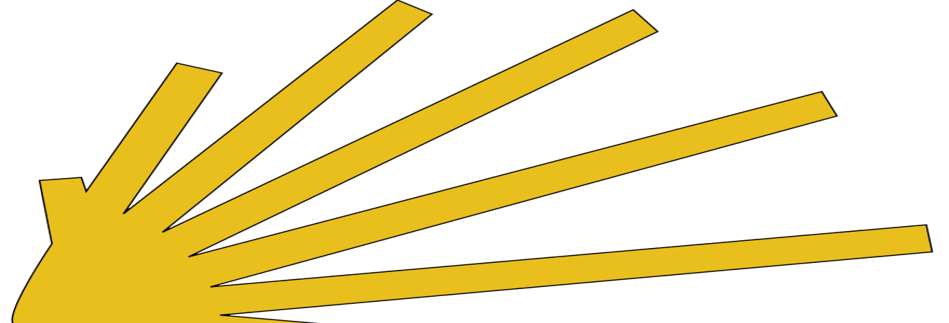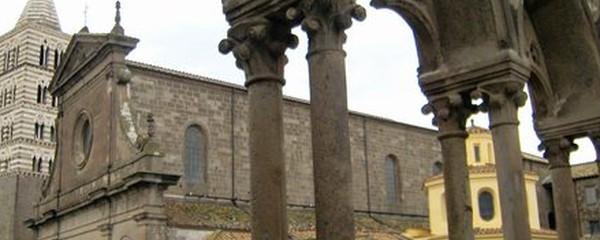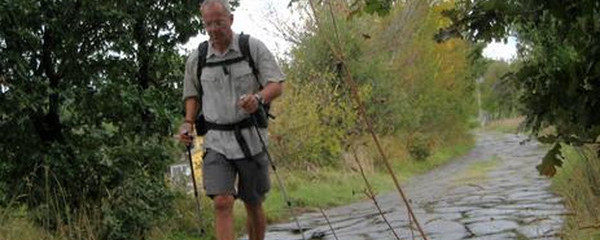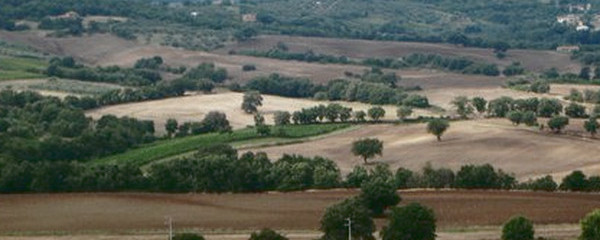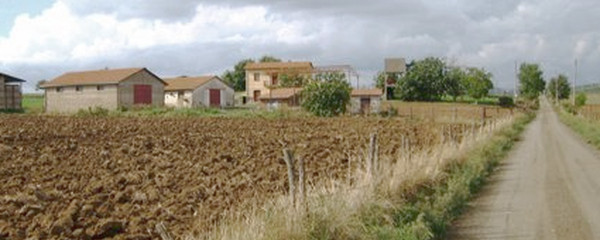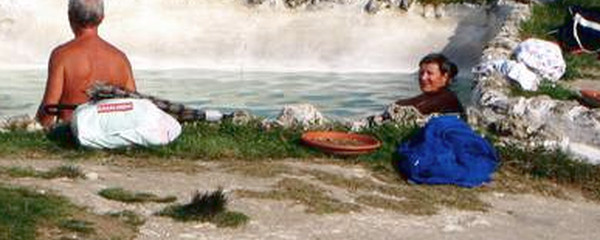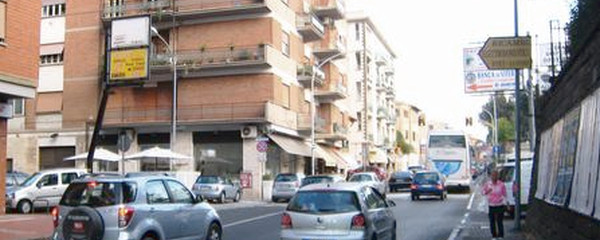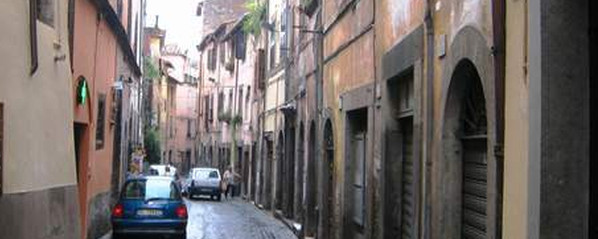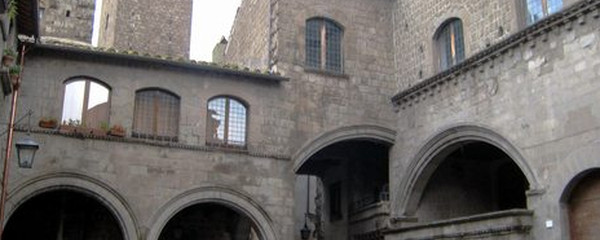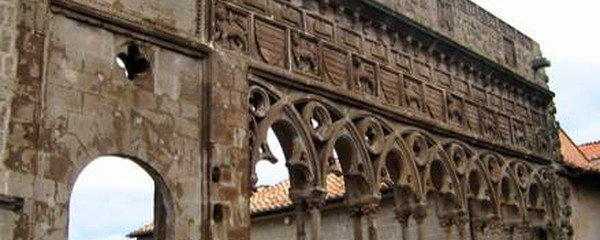Navigation

Montefiascone im Rückblick
Our destination is known for its hot springs. We will encounter one of them when entering Viterbo, and we can even use it for free. Viterbo however is well known because during the 13th century, it became the domicile of the pope. Rome then was not safe enough any more.

Unterwegs auf der antiken Via Cassia
Here are some highlights of Viterbo for the sightseeing program: the pope's gothic palace built between 1255 and 1266, the central place «Piazza del Plebiscito» with the «Torre dell'Orologgio», the church Santa Maria Nuova, the cathedral San Lorenzo and finally the old city fraction of San Pellegrino, just to make a short list.
Note(s)
The «Via Francigena» is one of the 3 main christian pilgrimage trails of the Middle Ages, the main axis leading from Canterbury to Rome. This documentation currently covers the most frequented section from Lausanne to Rome.
Anmerkungen
Die «Via Francigena» ist einer der 3 christlichen Pilgerwege des Mittelalters, dessen Hauptachse von Canterbury in England nach Rom führt. Diese Dokumentation umfasst vorerst den Abschnitt von Pontarlier nach Rom.
Tipp des Autors
Die Etappen sind in dieser Dokumentation Vorschläge, die jeder Pilger seinen Wünschen anpassen kann. die technischen Daten betreffen aber immer die Annahme, diese Etappen würden jeweils an einem Tag absolviert.
Orte entlang des Weges
Montefiascone - Rocca dei Papi - Madonna Delle Ripose - Cevoli - Santa Maria del Giglio - Poggio Della Noce - Paoletti - Parco Termale del Bagnaccio - Viterbo
